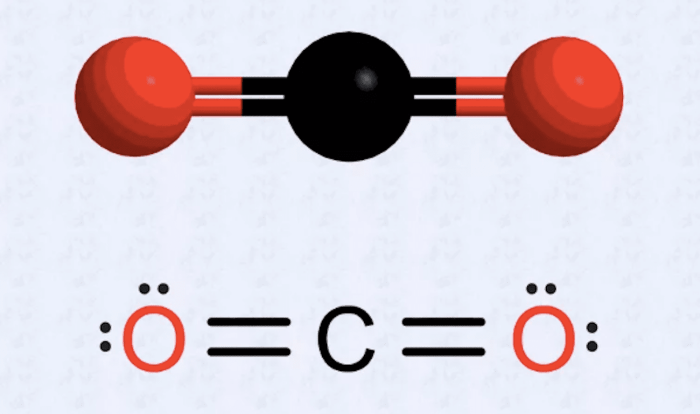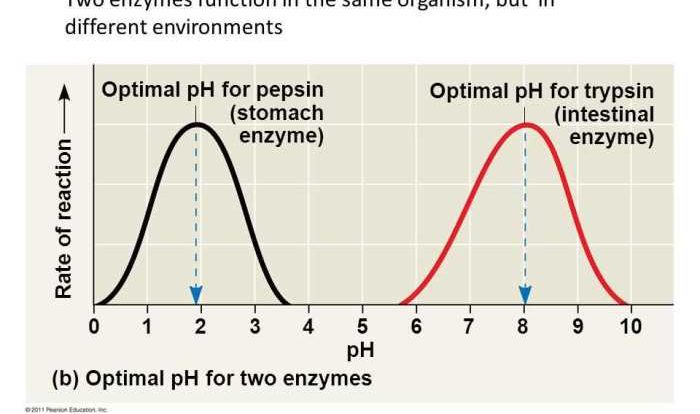Embark on an intellectual journey with our comprehensive guide to the Introduction to the Mole Worksheet Answers, where we unravel the intricacies of chemical calculations with precision and clarity. Dive into the depths of chemistry as we illuminate the concept of the mole, its profound implications, and its indispensable role in stoichiometry, molarity, and more.
Prepare to be captivated as we unravel the secrets of chemistry, empowering you with a deeper understanding of this fascinating field.
This meticulously crafted guide provides a comprehensive exploration of the mole concept, its applications, and its significance in chemical calculations. Through a series of engaging explanations, illustrative examples, and thought-provoking practice problems, we will illuminate the complexities of chemistry, transforming you into a confident problem-solver.
1. Definition and Introduction to the Mole

The mole is a fundamental unit of measurement in chemistry, used to quantify the amount of a substance. It is defined as the amount of substance that contains exactly 6.02214076 × 10 23elementary entities, which can be atoms, molecules, ions, or electrons.
This number is known as Avogadro’s number.
The mole is related to the molar mass of a substance, which is the mass of one mole of that substance. The molar mass is expressed in grams per mole (g/mol) and is used to convert between the mass and the number of moles of a substance.
Calculations Involving the Mole
The mole is a convenient unit for performing chemical calculations. It allows us to relate the number of particles, the mass, and the volume of a substance. The following equations are useful for mole conversions:
- Number of moles = Mass (g) / Molar mass (g/mol)
- Mass (g) = Number of moles × Molar mass (g/mol)
- Number of particles = Number of moles × Avogadro’s number (6.02214076 × 10 23)
Stoichiometry is the study of the quantitative relationships between reactants and products in chemical reactions. Mole ratios are used in stoichiometry to determine the amount of reactants and products involved in a reaction.
Molarity and Concentration
Molarity is a measure of the concentration of a solution. It is defined as the number of moles of solute per liter of solution. The formula for molarity is:
Molarity (M) = Number of moles of solute / Volume of solution (L)
Molarity is used in various chemistry applications, such as dilution, titration, and equilibrium calculations.
Percent Composition and Empirical Formulas, Introduction to the mole worksheet answers
Percent composition is a measure of the relative amount of each element in a compound. It is expressed as a percentage and is calculated using the following formula:
Percent composition = (Mass of element / Molar mass of compound) × 100%
The empirical formula of a compound represents the simplest whole-number ratio of the elements present in the compound. It can be determined from the percent composition of the compound.
FAQ Insights: Introduction To The Mole Worksheet Answers
What is the mole concept?
The mole is a fundamental unit of measurement in chemistry, representing a specific quantity of particles. It is defined as the amount of substance that contains exactly 6.022 × 10^23 elementary entities (atoms, molecules, ions, or electrons).
How is the mole related to Avogadro’s number?
Avogadro’s number, 6.022 × 10^23, represents the number of particles present in one mole of a substance.
What is the significance of the mole in chemical calculations?
The mole serves as a bridge between the macroscopic and microscopic scales in chemistry, allowing us to relate the mass of a substance to the number of particles it contains. This enables us to perform precise calculations involving chemical reactions, stoichiometry, and solution concentrations.

